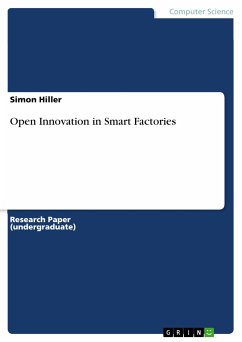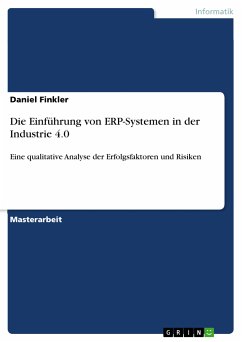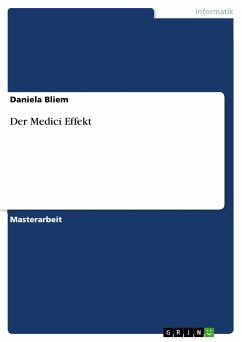Research Paper (undergraduate) from the year 2020 in the subject Computer Sciences - Internet of Things, IOT, grade: 1,0, Baden-Wuerttemberg Cooperative State University (DHBW), language: English, abstract: In this research project, it will be investigated if and how the methods of Open Innovation can be successfully applied for the development of Smart Factory technologies. Therefore, methods, pros and cons, challenges, and application fields of the Open Innovation approach will be discussed. Then the author reviews the relevant technological backgrounds of Smart Factories, thereby including sections about their structure, important technologies, pros and cons as well as specific challenges in developing Smart Factory technologies. After that both topics will be looked at together to investigate whether the Open Innovation practices can help to overcome the challenges of technologies in Smart Factory environments. Given the high complexity of Smart Factories, it is not achievable to do this for all included technologies. Therefore, the investigation is limited to one technology. In the examination, the best suited Open Innovation approach will be determined before a strategy for developing this technology will be designed. In the concluding chapter, the most important findings of the research project will be summarized before a conclusion is drawn and an outlook on possible future research and approaches is given.
Dieser Download kann aus rechtlichen Gründen nur mit Rechnungsadresse in A, B, BG, CY, CZ, D, DK, EW, E, FIN, F, GR, HR, H, IRL, I, LT, L, LR, M, NL, PL, P, R, S, SLO, SK ausgeliefert werden.









